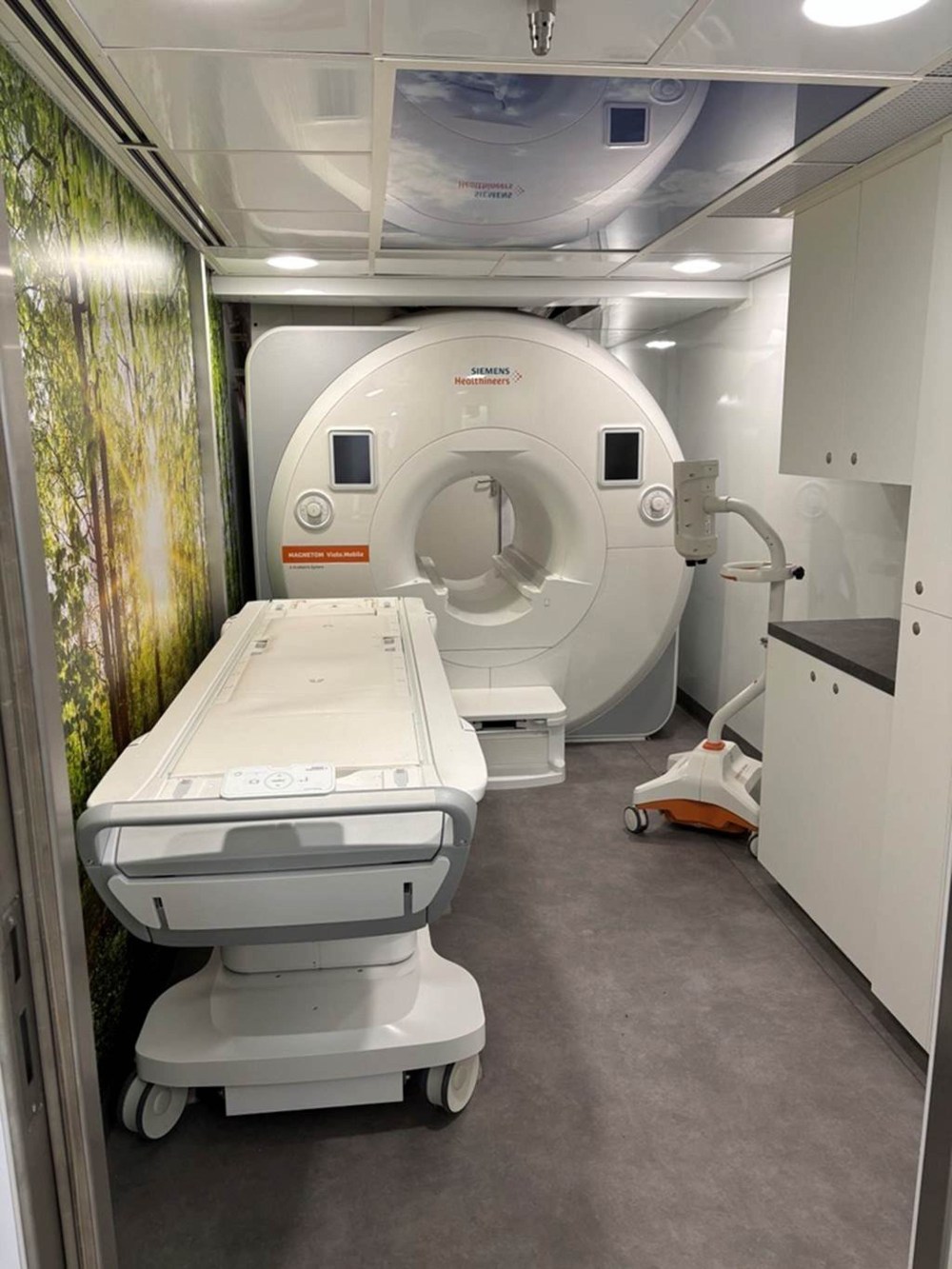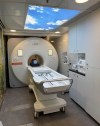Northern MRI hits the mark, but better access needed across the province
Advertisement
Read this article for free:
or
Already have an account? Log in here »
To continue reading, please subscribe:
Monthly Digital Subscription
$0 for the first 4 weeks*
- Enjoy unlimited reading on winnipegfreepress.com
- Read the E-Edition, our digital replica newspaper
- Access News Break, our award-winning app
- Play interactive puzzles
*No charge for 4 weeks then price increases to the regular rate of $19.00 plus GST every four weeks. Offer available to new and qualified returning subscribers only. Cancel any time.
Monthly Digital Subscription
$4.75/week*
- Enjoy unlimited reading on winnipegfreepress.com
- Read the E-Edition, our digital replica newspaper
- Access News Break, our award-winning app
- Play interactive puzzles
*Billed as $19 plus GST every four weeks. Cancel any time.
To continue reading, please subscribe:
Add Free Press access to your Brandon Sun subscription for only an additional
$1 for the first 4 weeks*
*Your next subscription payment will increase by $1.00 and you will be charged $16.99 plus GST for four weeks. After four weeks, your payment will increase to $23.99 plus GST every four weeks.
Read unlimited articles for free today:
or
Already have an account? Log in here »
Let’s start with the good news.
The Manitoba government has launched a mobile MRI unit for the northern region. That’s a big deal for people in communities such as Thompson and The Pas, where access to diagnostic imaging has never been easy.
Patients in northern and remote communities have been forced to travel hundreds of kilometres to Winnipeg or Brandon to get something as routine, and essential, as an MRI scan.

The Manitoba government has launched a mobile MRI unit for the northern region.
So yes, the mobile MRI is the right move. It brings the service closer to home for thousands of northern residents and helps chip away at long-standing gaps in rural and remote health care.
But while Premier Wab Kinew’s government deserves credit for the northern initiative, the broader picture when it comes to MRI access in Manitoba is anything but rosy. In fact, it’s getting worse — not better — under the NDP.
The most recent provincial data show the median wait time for an MRI in Manitoba has ballooned to 25 weeks in 2025. That’s up from 22 weeks in 2024, and 20 weeks in 2023, the year the NDP came to power.
That means someone referred for an MRI today might wait more than six months just to get an appointment.
MRI wait times are the highest they’ve been since at least 2019 — prior to the COVID-19 pandemic — when the median wait was 14 weeks. It’s getting close to double that.
That’s not what the Kinew government promised.
During the 2023 election campaign, Kinew made health care the centrepiece of his platform. He hammered the former Progressive Conservative government for long waits and staffing shortages and vowed to do better. His party ran on a platform of rebuilding health care and expanding access to essential services like MRIs.
And yet here we are — a year and a half into the NDP mandate — and the wait to get an MRI is 25 per cent longer than it was in 2023. It’s hard to square those numbers with the government’s claim that it’s “committed to improving access.”
Behind every one of those numbers is a person waiting in pain or limbo — someone who can’t move forward with treatment until they get a diagnosis.
A longer wait for an MRI often means a longer wait for surgery, cancer care, or a specialist appointment. For some patients, it means waiting in the dark, not knowing what’s wrong and fearing the worst.
The province has blamed the increased wait times on higher demand and lingering pandemic backlogs, as well as cuts by the previous Tory government.
That’s fair — to a point. Health systems across Canada are grappling with the same challenges, but the NDP knew that going in. They promised to do things differently, to reduce wait times and build capacity. That hasn’t happened.
This is a government that talks a lot about equity and access. But what kind of equity is it when people in Winnipeg or Brandon have to wait half a year — or more — for a scan? What kind of access are we talking about when the public system can’t meet basic diagnostic needs?
The mobile MRI for the north is a great initiative. It reflects an understanding that health care shouldn’t stop at the Perimeter Highway. But it also highlights a pattern we’ve seen from this government: a tendency to make splashy announcements while avoiding tough questions about performance and outcomes, including growing wait times in other areas, including orthopedic surgery.
Announcing a new machine is easy. Fixing systemic wait-time issues is difficult. It takes planning, investment, and sometimes tough choices about how services are delivered. It might mean partnering with private clinics to clear the backlog, or expanding hours at hospitals, or offering incentives to recruit and retain more radiology technologists.
Manitobans will keep paying the price in delays and uncertainty if the government is unwilling to take those steps because they conflict with ideology.
This isn’t just about one statistic on a spreadsheet. It’s about real people stuck in limbo — parents who can’t work because of chronic pain, seniors who can’t get treatment without a proper diagnosis, and young adults waiting months just to find out what’s going on in their own bodies.
Health care in Manitoba is still in crisis mode. Everyone understands that it won’t be fixed overnight. If the government wants to be taken seriously on this file, it has to start delivering more than announcements. It has to explain why wait times are going up, what it’s doing to reverse the trend, and when Manitobans can expect real progress.
The NDP can’t claim to be improving access to MRIs while people are waiting longer than they have in years to get one. They can’t campaign on change, then let key indicators deteriorate on their watch.
They certainly can’t fix health care with news releases alone.
tom.brodbeck@freepress.mb.ca

Tom Brodbeck is an award-winning author and columnist with over 30 years experience in print media. He joined the Free Press in 2019. Born and raised in Montreal, Tom graduated from the University of Manitoba in 1993 with a Bachelor of Arts degree in economics and commerce. Read more about Tom.
Tom provides commentary and analysis on political and related issues at the municipal, provincial and federal level. His columns are built on research and coverage of local events. The Free Press’s editing team reviews Tom’s columns before they are posted online or published in print – part of the Free Press’s tradition, since 1872, of producing reliable independent journalism. Read more about Free Press’s history and mandate, and learn how our newsroom operates.
Our newsroom depends on a growing audience of readers to power our journalism. If you are not a paid reader, please consider becoming a subscriber.
Our newsroom depends on its audience of readers to power our journalism. Thank you for your support.
History
Updated on Friday, June 13, 2025 7:34 PM CDT: Photo added of MRI.



